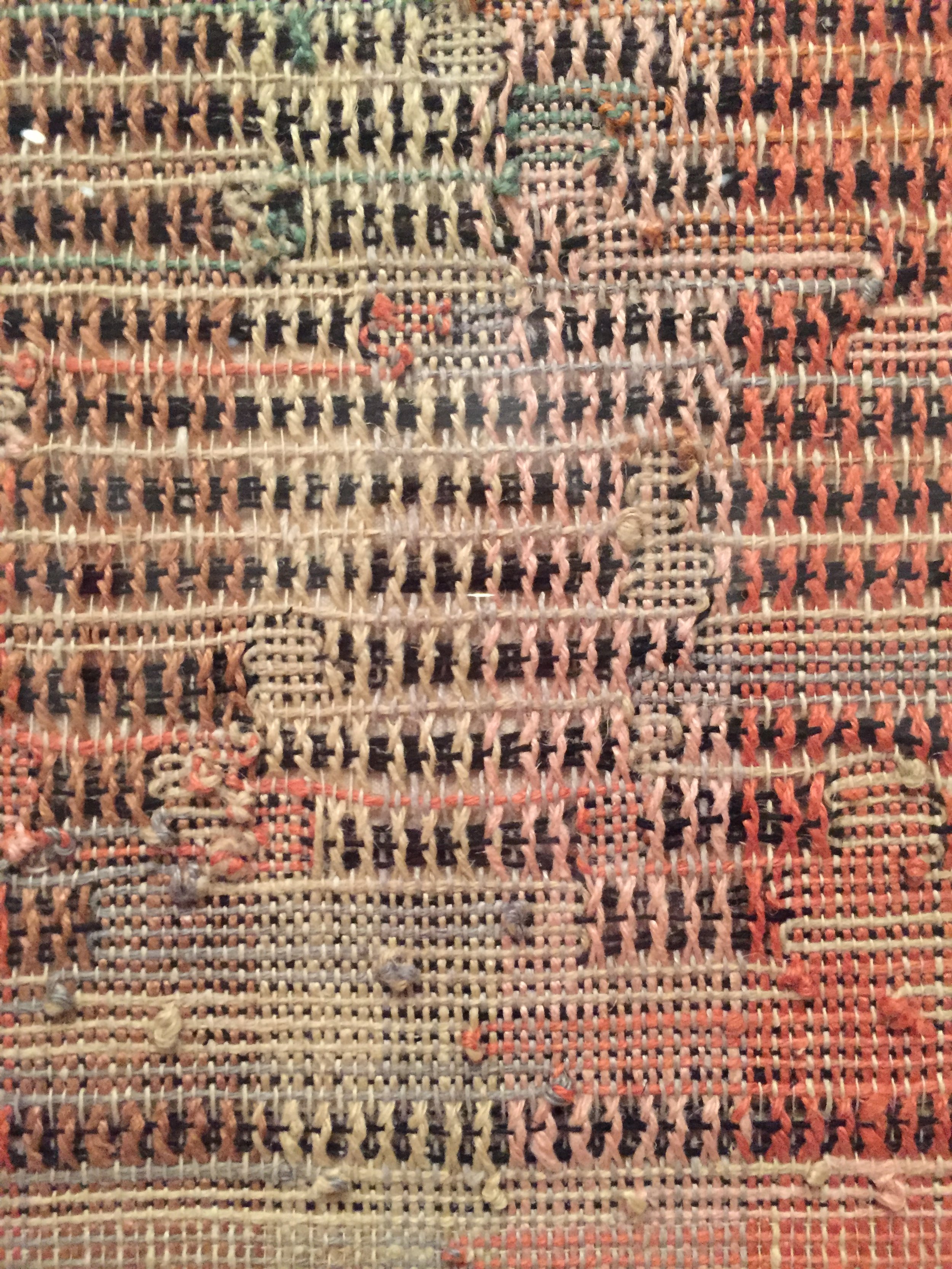Why I’m Embracing Textiles
Jenny Davis_Landwrap3_210 × 150cm_ 2024_ Public art commission_ Rydges Hotel Group. Melbourne Australia.
Leaning Into What Was Always There
Lately, I’ve been feeling more and more drawn to textiles. It’s not entirely new—I’ve had a relationship with fabric, thread, and handwork for as long as I can remember. I just never gave it space in my “serious” art practice. I always thought of myself primarily as a painter and sculptor, but underneath all that, I now realise my textiles were always humming in the background—quiet, patient and waiting.
It’s funny how we sometimes resist what’s most natural to us. I’m realizing now that textiles have always held a kind of comfort and power for me. They remind me of care , of memory, of labor and time. There’s an intimacy to working with cloth—your always touching it with your hands, the way it carries history and emotion, even when it's silent.
Works in progress…
Now, I'm letting it in. I’m letting textile work be the work, not just put aside as a sketch or side note. I’m learning how to integrate it, how to follow where it leads me instead of trying to force my practice into shapes that no longer feel true.
Maybe… this is part of what it means to grow as an artist: not just refining your technique, but also getting closer to your own center. Peeling back the layers of influence and expectation and discovering that what you thought was a detour is actually the path forward.
This shift doesn't mean I’m leaving painting or sculpture behind. Those parts of me are still very much alive and embedded into me. But something is unfolding, that I’m now choosing to listen too, rather than resist.
The more I work with textiles, the more I recognize the strength and nuance in it—and how deeply connected it is to the stories I want to tell. “See Related Artwork,” “Purchase this Series,” or “Commission Your Own.”
Historically
Historically in the art world… textile work—whether it be embroidery, weaving, quilting, or mending—has long been categorized as “craft” or dismissed as “women’s work.” These labels are rooted in patriarchal and colonial frameworks and have been used to separate certain forms of making from the realm of “high art,” as though labor-intensive, domestic, or gendered practices are inherently less valuable or intellectually rigorous. This cultural bias used to run deep. It is finally changing. Historically, fine art institutions and markets have privileged painting and sculpture—mediums associated with monumentality, mastery, and a largely male-dominated lineage—while textile-based practices were relegated to the margins, seen as utilitarian, decorative, or sentimental. But this is far from the truth of what textile work can and does represent.
Textile art is deeply rich—conceptually, politically, and emotionally. It holds space for layered storytelling, collective memory, and intergenerational knowledge. The medium inherently carries themes of care, resilience, and embodied labor.
Even in my own family as I reflect on my mother’s journey with the textiles that adorned our home, I realize these pieces are woven with stories—stories of struggle, resilience, and creativity. In many ways, they are artifacts of a time when her voice and other women’s were often silenced, yet in making these pieces, I believe she found whispers of their strength and a rebellious pride in what she did.
Some of my favourite artists who have used textiles…
Thank you for sharing this space with me.
With gratitude,
[Jenny]











